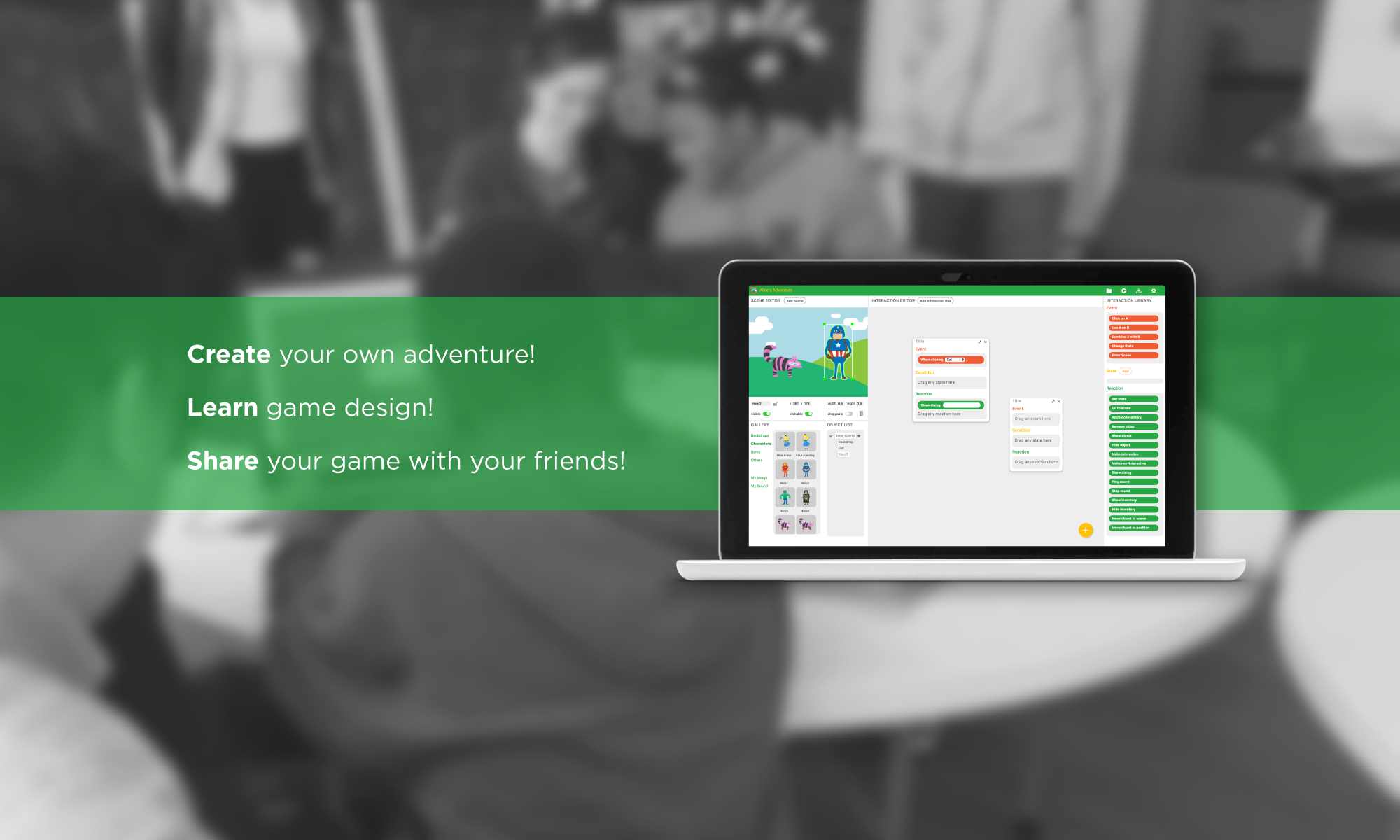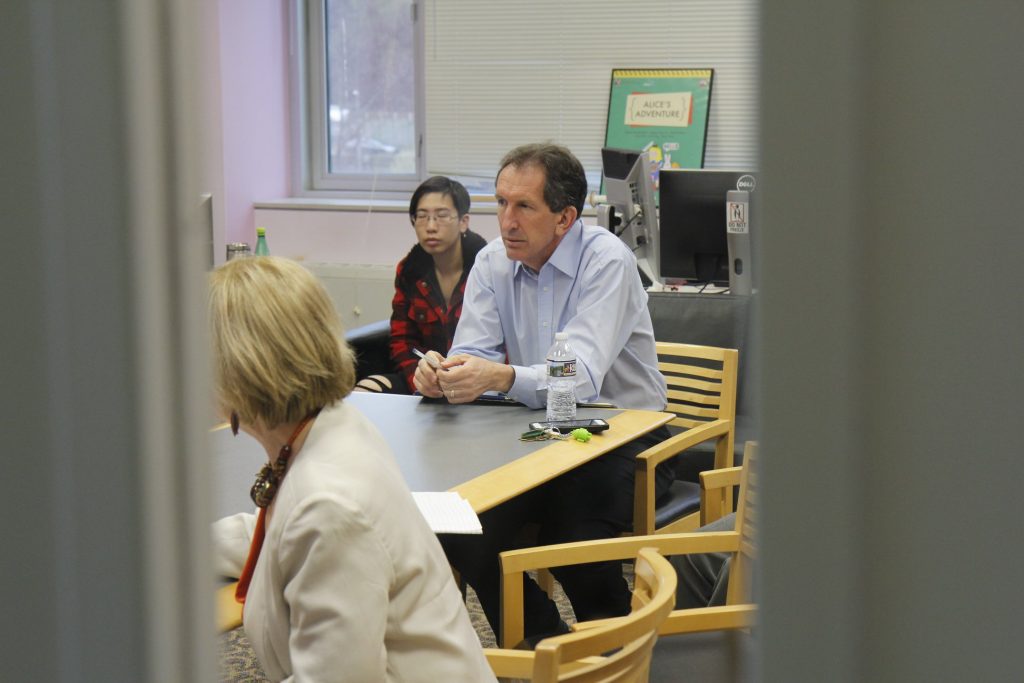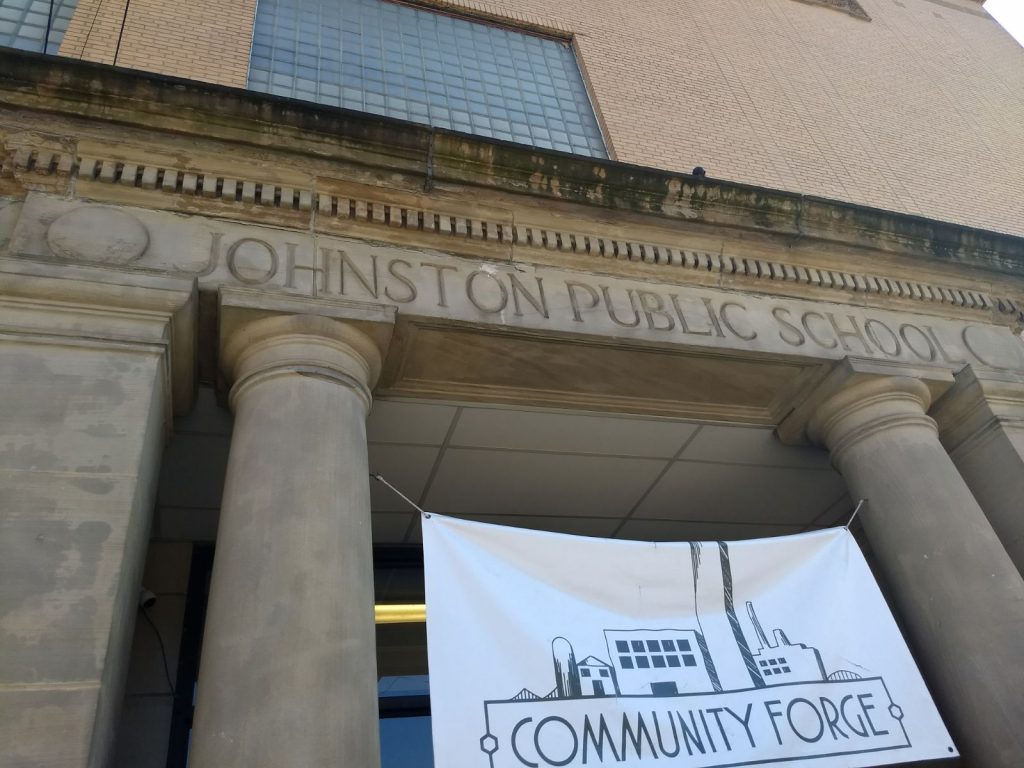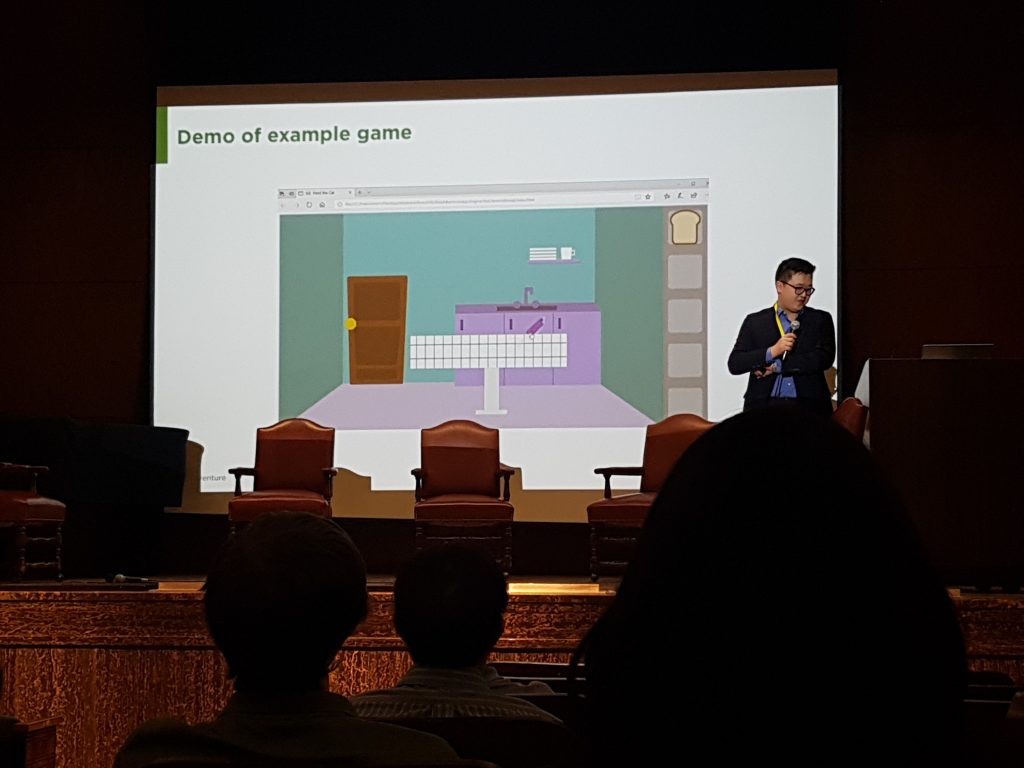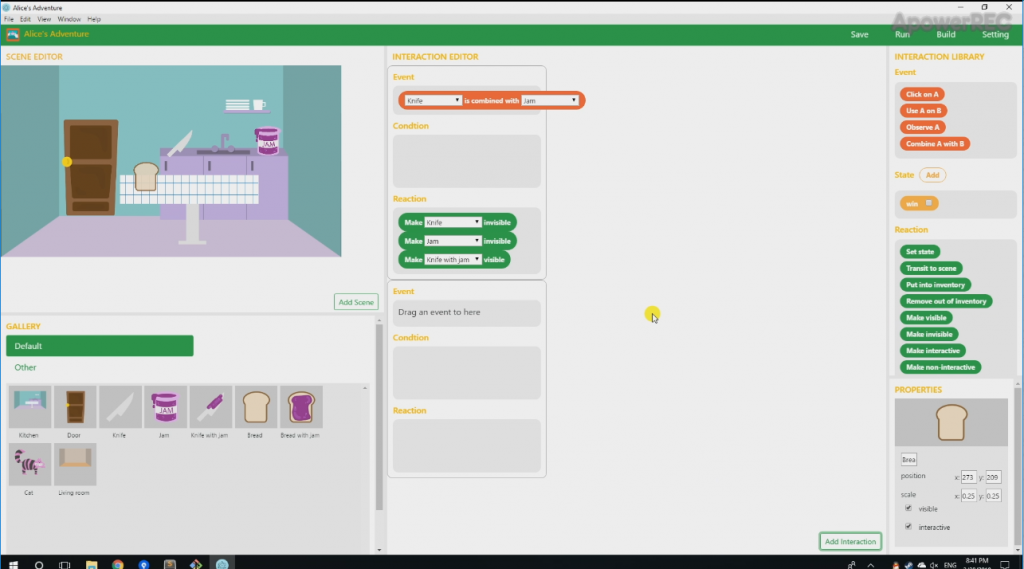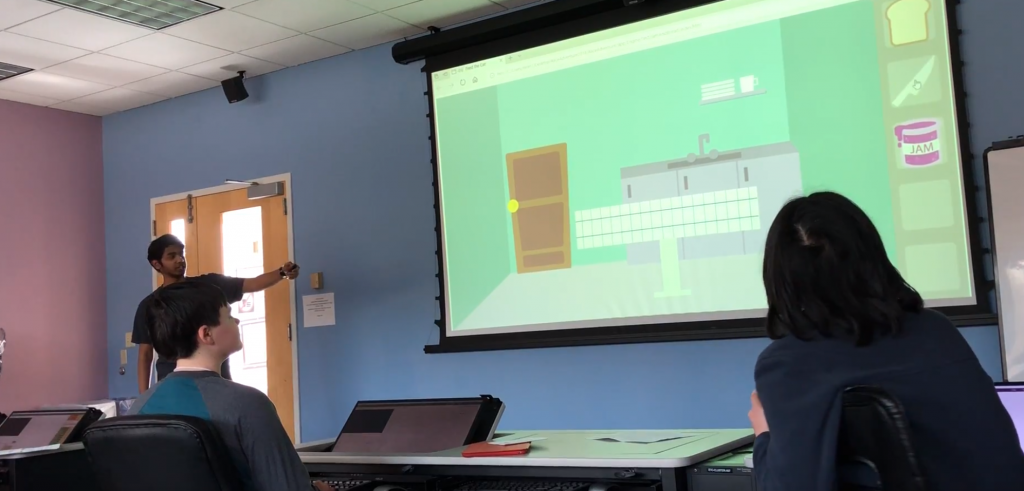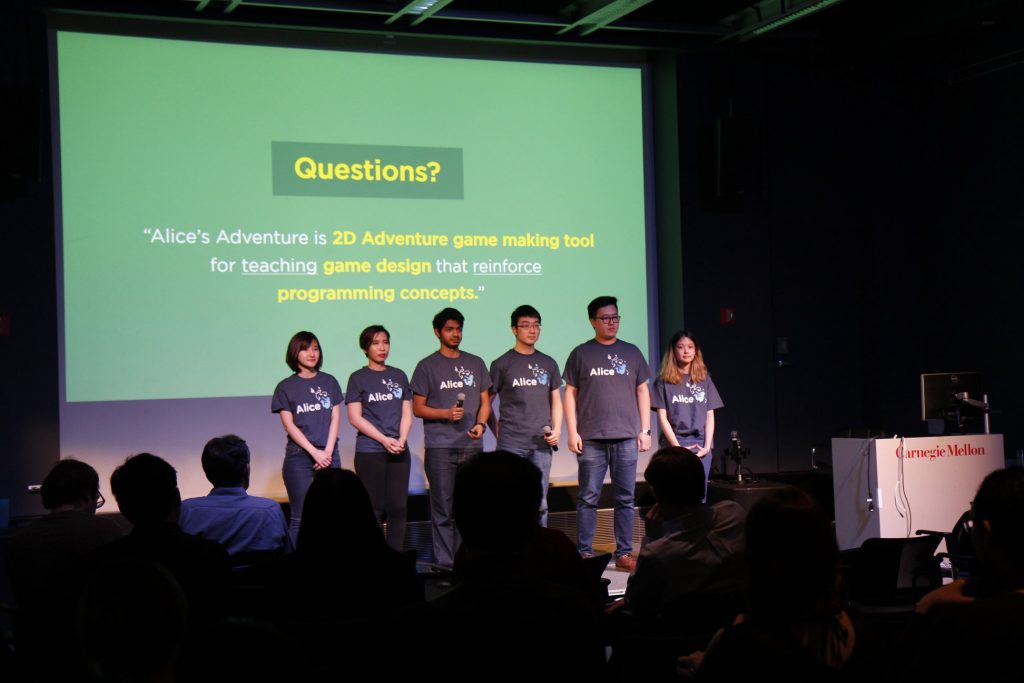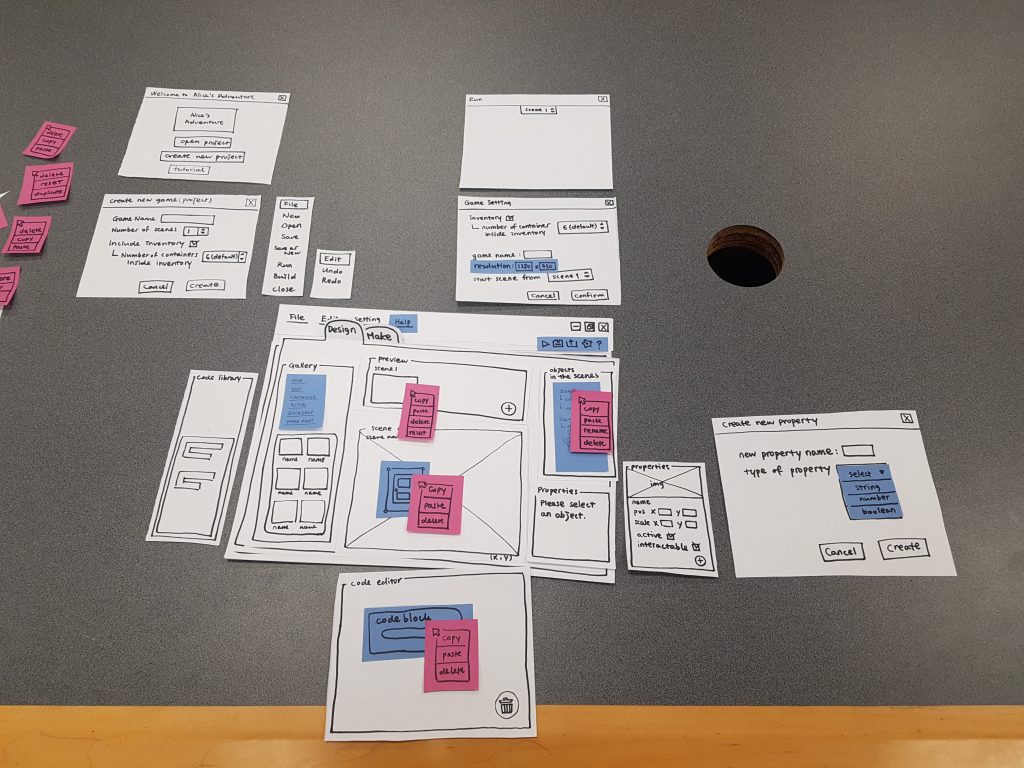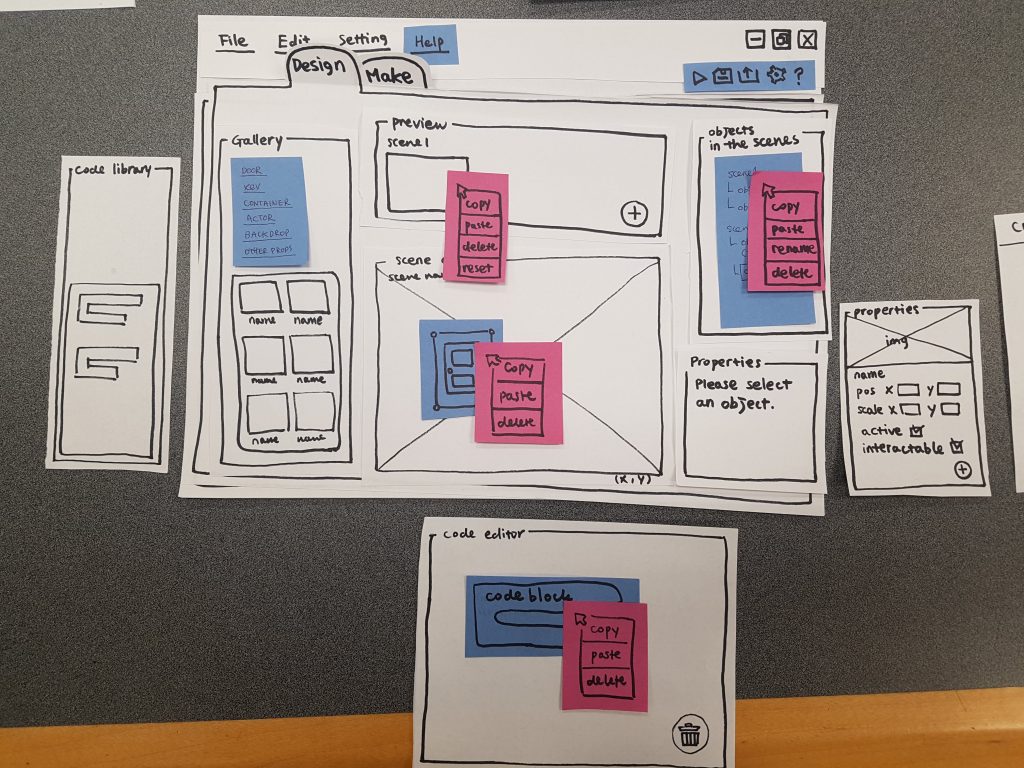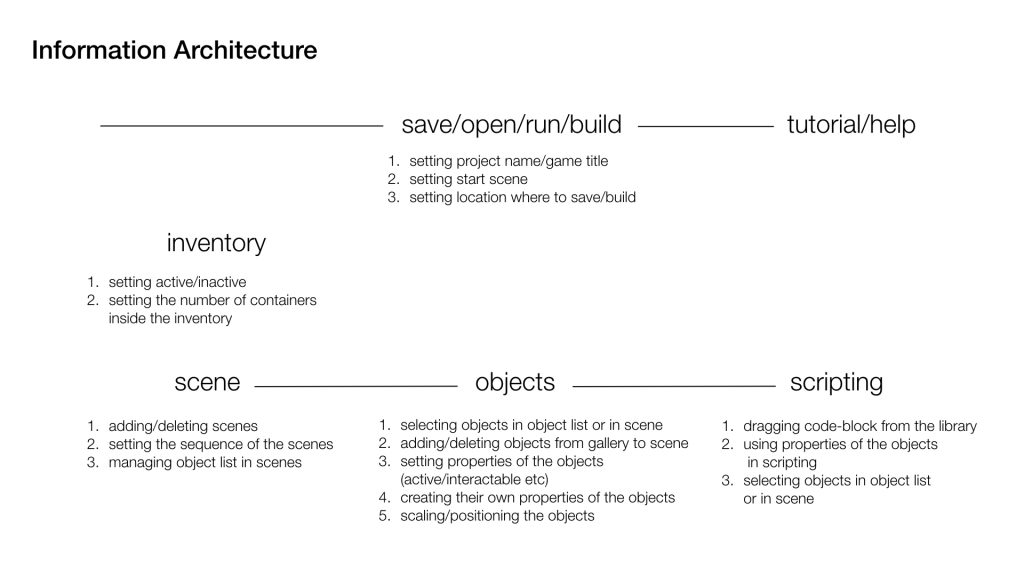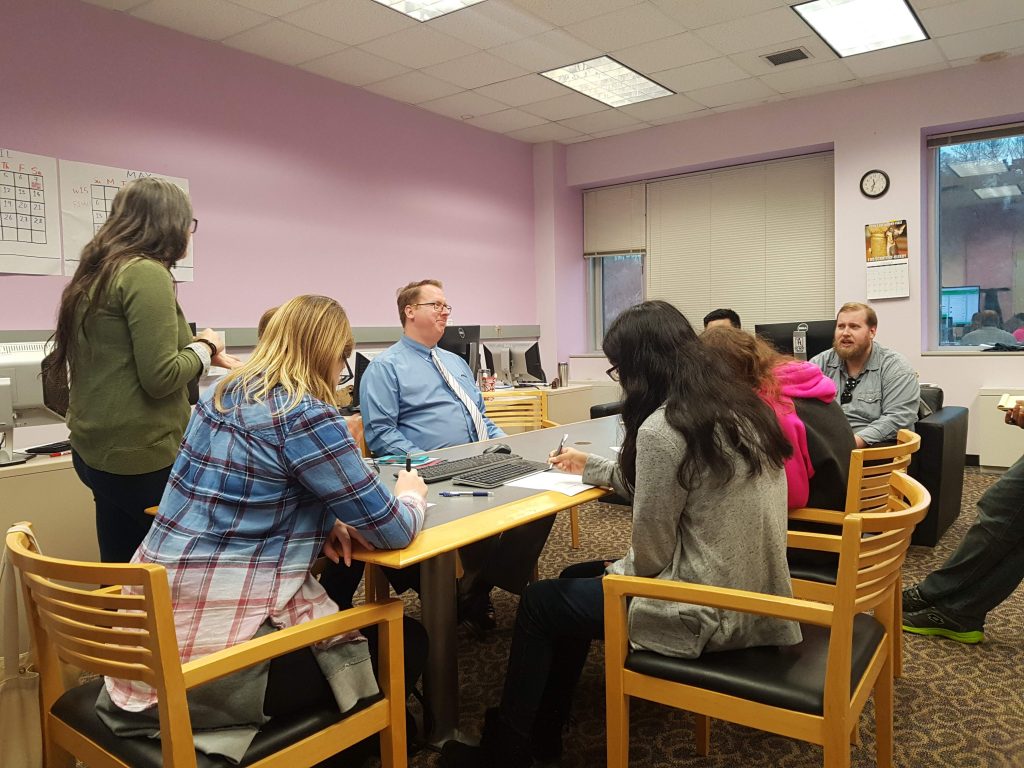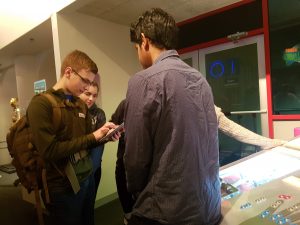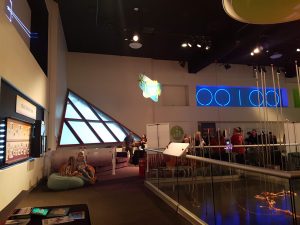Week 15 is the final week of the semester, and that also mean this will be the final dev blog. It’s been a long and winding road and we’re proud of what we have learnt and what have we achieved over the past 4 months. If you’ve been following the blog you would have noticed quite a few changes in the website recently. This is because we’re phasing in to the post-production phase and putting our product out in the open, for everyone to use at their convenience. The latest build of Alice’s Adventure is updated on the website and you can download and try it for yourself by clicking the “Get Alice’s Adventure” tab on the home screen and extracting the zip file that gets downloaded. We have instructions on how to use the tool in general and troubleshoot potential errors, and that will be updated in the coming week too.
Also up next is the final presentation at the Entertainment Technology Center RPIS, where we have 15 minutes to describe our project and show what we made this semester, based on which we’ll receive our final grades for the course. So what we present on that day is very important, and the content is something that we’re deliberating over (and also practicing on stage). We’re also making a Kickstarter-esque trailer video of Alice’s Adventure which we’ll upload on the website, so look out for that.
This week was more or less a build up to the ETC Open House which happened on Friday. Open House meant that lots of people from various background who may or may not have any idea about what adventure games are or what programming is, are gonna visit our project room. We prepared for it by having sample games made from AA playing on the big screen, and we set up multiple laptops which the tool open. The idea was that people know what they’re doing before they learn how to do it.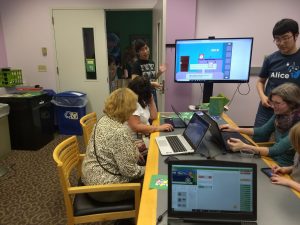
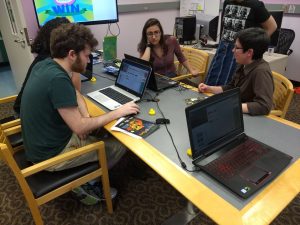
We had a fantastic reaction to our demonstrations, as people of all ages were quick to understand the concept and most of them sat down to play a sample game and even build interactions on the tool. We were fortunate that we didn’t have any technical problems or bugs that showed up, and it is a reflection of the hard work and the late nights put in by the programming team.
Watch the website for any updates, and don’t forget to download and play Alice’s Adventure. Au Revoir!
